|
"Suck your stomach in!" goes a common instruction in yoga class. This cue is present in a lot of different lineages and styles, and goes to the heart of an important conversation in the yoga world: What are we teaching? Let's explore the meaning of this instruction, beginning with the elements involved. Namely, the "stomach" and "sucking in." What is the stomach? It is an organ in our digestive tract. It is high in the abdomen, just below the ribs and diaphragm. It is the first place our food goes after we chew and swallow it. How do we suck the stomach in? We don't. We can't. The stomach itself has muscles that help us in digesting and passing food through our system. But they are involuntary muscles that we can't consciously control. This instruction, "Suck the stomach in," refers to the stomach in a much more general and imprecise way, where "stomach" actually means "abdomen."
The muscle that pulls the abdomen in is called the transverse abdominis. It wraps around the belly like a corset, helping us breathe and stabilizing the spine when needed. If you are wondering what if feels like, exhale your breath forcefully and feel the sides of your abdomen. They will be tight and contracted. This is your transverse abdominis.
What are we actually teaching? That brings us back to the instruction, "Suck your stomach in." If we take the instruction at its word, it is impossible. The stomach's position cannot be changed consciously nor can its muscles be contracted consciously. The only way that this instruction makes sense is if we interpret "stomach" to mean "abdomen" and proceed to contract an abdominal muscle that "sucks in." Also, if our students take us at our word (which I hope they do), they are learning that the stomach is something that can be "sucked in," which it is not. This is worrying, essentially teaching an inaccurate and incorrect concept to unknowing students. The easiest of fixes This instruction can be modified ever so slightly to become an effective cue. "Pull your abdomen in" or "pull your belly in" are both anatomically sound and they accomplish the desired result: contraction of the transverse abdominis. They remove the danger of propagating false information to our students and encourage them to learn the correct way.
0 Comments
With last year's publication of Calcutta Yoga by Jerome Armstrong, new light was shone on the history and progression of yoga and performance at Ghosh's College in Kolkata. We know so much more about men like Buddha Bose and Gouri Shankar Mukerji, and their contributions to the physical movements of Bengal throughout the 1900s. What is still missing, as is often the case with history, are the stories of the women.
Were there women practitioners? Yes! Have they mostly been forgotten? Yes! Is this about to change? Yes! I am headed to India to start the first leg of formal research into several of the female practitioners in Bengal. Working with me is a talented writer and researcher Chandrima Pal, who lives in Kolkata and has already uncovered information about these forgotten women and the context of their lives. As with any research project, we don't know where this will end up. Our goal is to publish a book about these women and boldly go where the stories take us. Stay tuned next week, especially on Instagram for updates about our findings. And stay tuned on this blog for longer form updates. As Chandrima said recently, "Wish us lots of luck and loads of leads!" Any system of learning needs stages. When we are new, we need beginning lessons that teach us the basics and set us off in the right direction. Once those foundations are laid, we move on to the next level where we build on the lessons from before. And so on.
No single level encompasses both beginning and advanced lessons. The beginning levels are appropriate for those new to the path but become outmoded relatively quickly as the student familiarizes herself with the concepts and practices. Before long, the beginner needs to move on to other practices and ideas in order to continue her progress. This repeats itself at several points along the way, as we learn the lessons of our level and graduate to the next. Consider the school system, where each grade is populated with specific knowledge that builds upon the previous level and prepares us for the next. Ideally, yoga practice does the same. This is why there are several levels in any yoga text and system. The Upanishads have the seven bhumikas or stages of development, which begin with longing and move through inquiry to purity and liberation. Patanjali's Yoga Sutras have the famous eight limbs that begin with moral behavior and proceed through the body, breath, senses and mind. GETTING STUCK It is relatively easy to get stuck at a certain level of development. We put in a lot of work to master the lessons and practices of each stage, and it can become difficult to leave them behind and move on. We become attached to our relative mastery at that level. "I am so great at these beginning practices!" we tell ourselves. "Why would I want to move to the next level where I will have to learn new things and start the process all over again? I will be clumsy and awkward and ignorant at the next level." We begin to identify our self-worth with our ability to execute the practices of our current level, and we forsake further progress in favor of staying where we are. Each level of our progress has the potential to be our downfall if we become stuck there and mistake it for an entire system. No mathematician would believe that algebra was all she needed to know, no matter how brilliant she was at it. A mathematician can not ignore geometry, calculus and other levels. It is the same with yogis. We must be careful not to get stuck in the body, in the physical asana practice. Or in breathing, the senses or any other single stage, for that matter! The greatest mistake we can make is to think we have arrived at the pinnacle of our practice, and stop there. |
AUTHORSScott & Ida are Yoga Acharyas (Masters of Yoga). They are scholars as well as practitioners of yogic postures, breath control and meditation. They are the head teachers of Ghosh Yoga.
POPULAR- The 113 Postures of Ghosh Yoga
- Make the Hamstrings Strong, Not Long - Understanding Chair Posture - Lock the Knee History - It Doesn't Matter If Your Head Is On Your Knee - Bow Pose (Dhanurasana) - 5 Reasons To Backbend - Origins of Standing Bow - The Traditional Yoga In Bikram's Class - What About the Women?! - Through Bishnu's Eyes - Why Teaching Is Not a Personal Practice Categories
All
Archives
May 2024
|

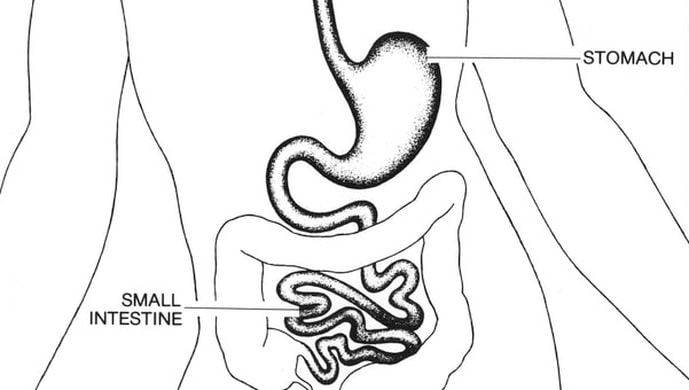
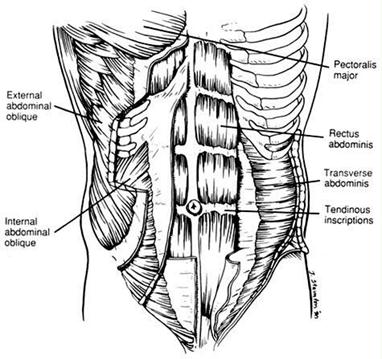
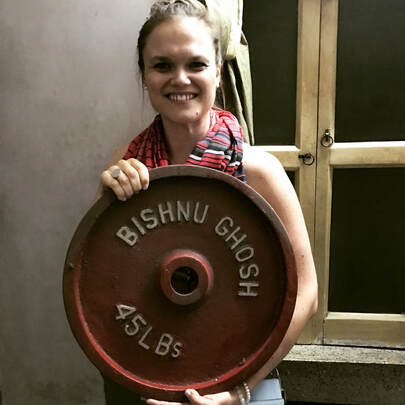
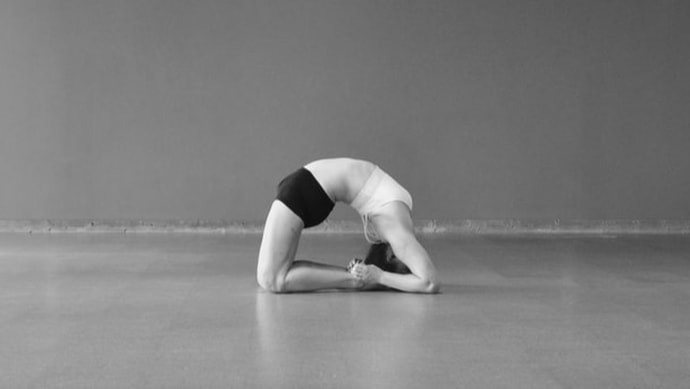
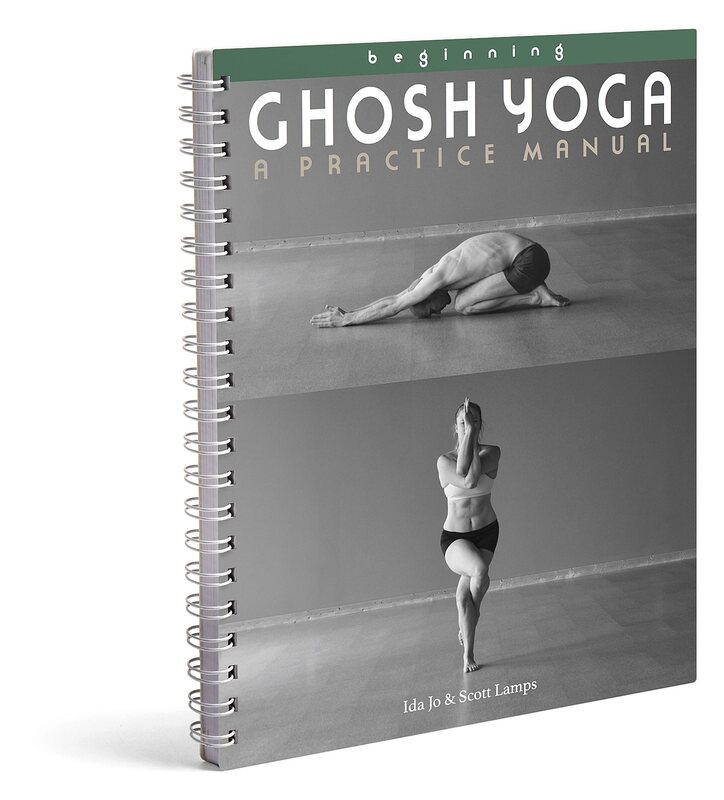
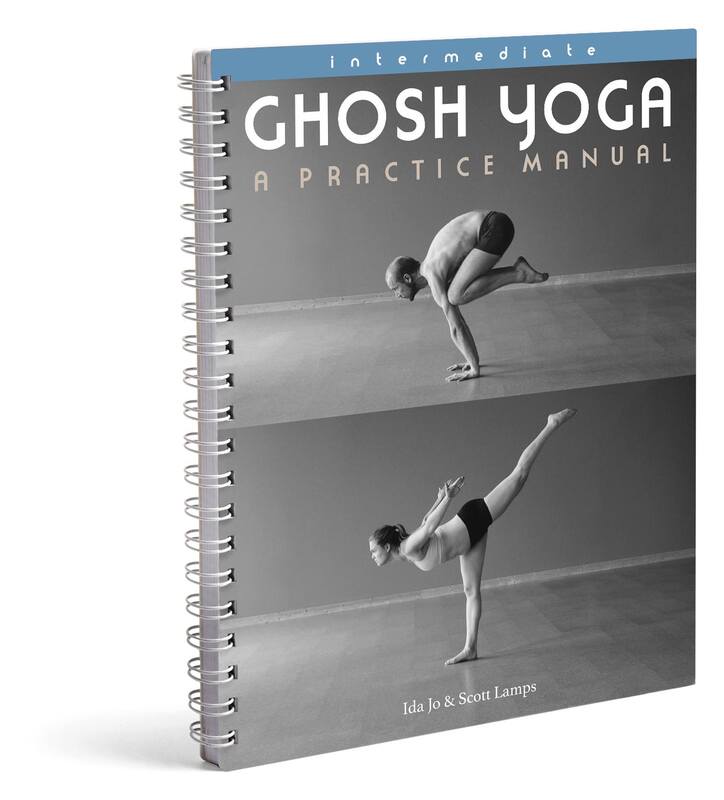
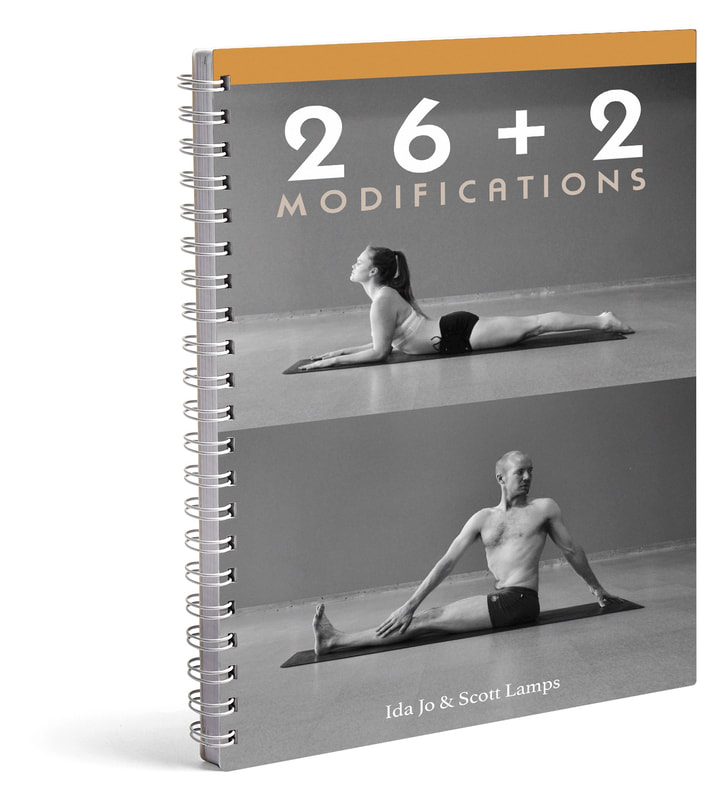
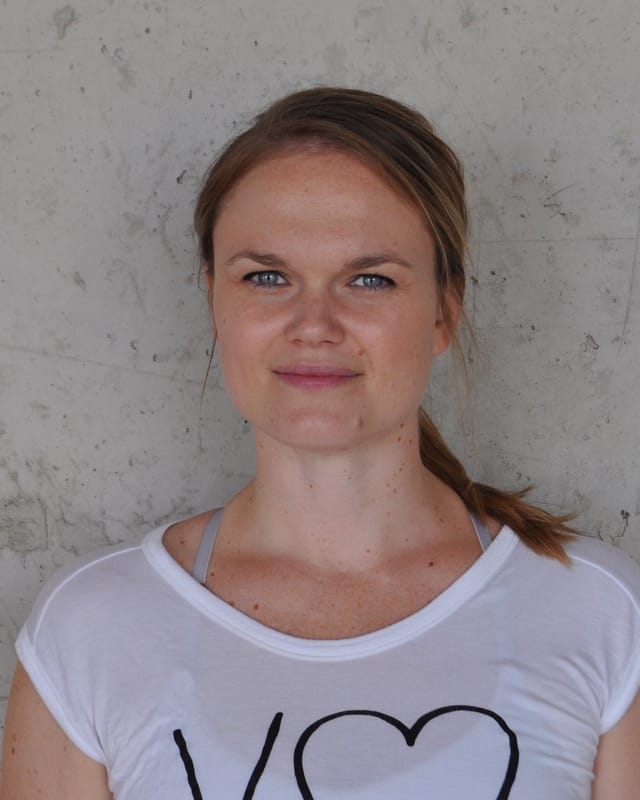

 RSS Feed
RSS Feed